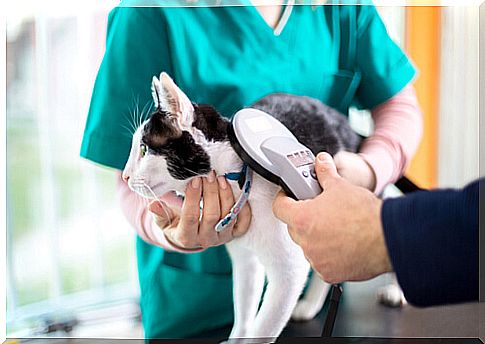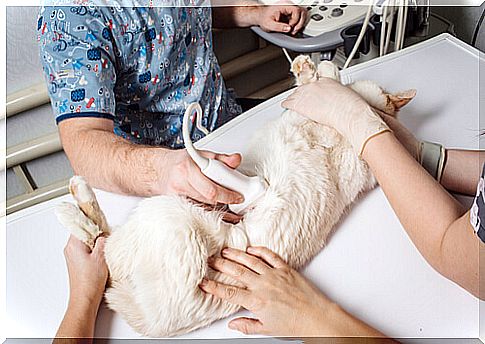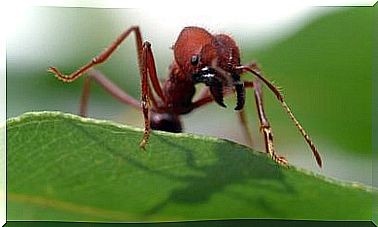Intestinal Parasites In Cats: Treatment And Prevention

Up to 45% of the feline population will be affected by gastrointestinal parasites at some point in their life. With these levels of prevalence, it is essential to learn to distinguish the symptoms that our pets may experience once infected, and to prevent them from becoming so in the future.
How to know if our cat is infected
Intestinal parasites are usually silent and effective and usually act in a certain harmony with their host, on which they depend for survival. Normally, when our cat begins to experience symptoms it is a sign that there has been a breakdown in balance.
The massive reproduction of the parasites can put the life of the animal at risk, and the symptoms that your pet may experience can vary depending on the type of parasite that infects it. Here’s a list of the most common:
- In young cats, the so-called ‘failure in development’, that is, a stop in the normal growth of a puppy due to the presence of parasites that monopolize its source of nutrients.
- Rickets
- Anemia
- Vomiting, diarrhea, and gastrointestinal disorders
- Loss of luster in the coat
- Swollen and rounded belly
- Dehydration
These symptoms can weaken our cat and make it more susceptible to diseases caused by viruses or bacteria. Domestic cats are usually little exposed to parasites, since they tend to take great care of their hygiene and will only have a greater risk of being infected in unhealthy environments or in nature.

Types of parasites to watch for
The most common parasites that we can detect in our cat’s feces are worms. These can be round or flat. In the latter case, we would be talking about tapeworms.
Roundworms are the most common and are often found in young cats. The types of roundworms that most often affect the feline population are Toxocara cati and Toxocara leonina. The female of this type of worms can lay up to 300,000 eggs a day. They are usually located in the small intestine of the cat, which eliminates the eggs in the feces.
The eggs of this type of worm will infect your pet’s environment and may affect other animals. They can also infect humans. These eggs resist high and low temperatures and maintain their contagion capacity for five years.
The hooked worms, hookworms also called, are less common than round. However, they tend to cause more damage to the animal, as they feed on blood and tissues through the intestinal wall and cause wounds that lead to blood loss and severe anemia. They are usually spread through the skin or by being ingested.
Among tapeworms, the most common is the Dipylidium caninum or flea tapeworm. It is transmitted when the cat ingests fleas infested with the larvae of this parasite. This usually happens when grooming and accidentally dropping a flea.

Tapeworm-infected cats usually show no symptoms, except perhaps a slight irritation in the anal region caused by their eggs, so watch out for unusual behaviors.
Treatment and prevention of intestinal parasites
These parasites are treated with doses of medication prescribed by the veterinarian. One of the most used is Piperazine, which gets rid of roundworms, although only those that already live in the intestine. Another common medication is Pyrantel Pamoate, which can be given to pregnant cats or young animals.
Regarding prevention, the hygiene of the animal’s environment is the most important factor to take into account to prevent the appearance of parasites. One is advised regular disinfection of areas where usually usually be the cat. Examining our animal’s feces from time to time and taking it to the vet for routine check-ups can also be helpful.









